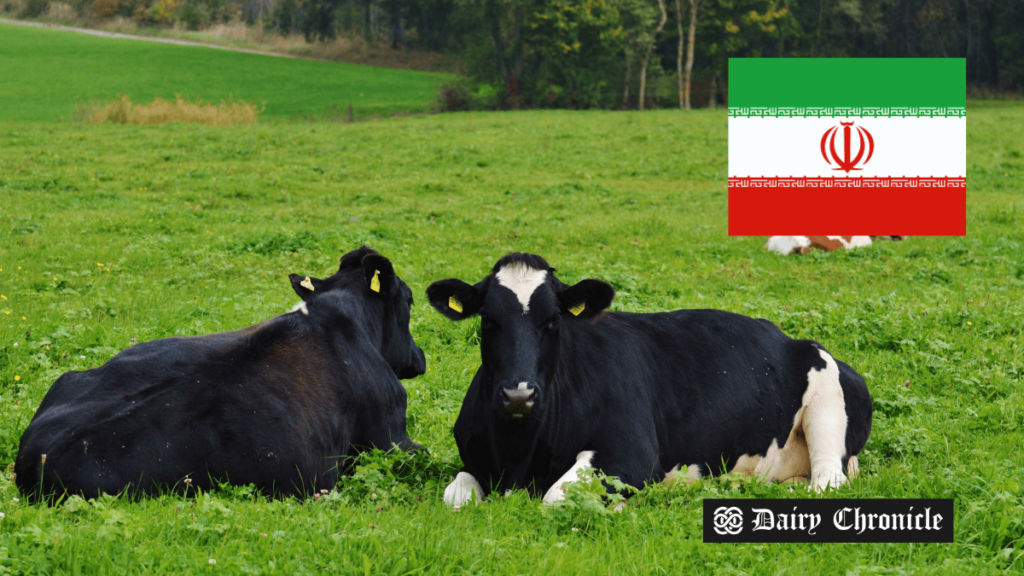On September 30, 2024, Iranian Agriculture Minister Gholamreza Nouri announced a 20% increase in raw milk prices, raising them from 15,000 tomans ($0.25) to 18,000 tomans ($0.30) per kilogram. This decision, approved by the Market Regulation Headquarters, comes amid rising inflation and living costs, with concerns that dairy products like cheese may increase by 25%. The dairy sector faces declining consumption, and farmers express dissatisfaction over the adjustment, citing rising production costs and recent financial losses.
The Iranian government has announced a 20% increase in the price of raw milk, a move that raises concerns for both the dairy industry and consumers already grappling with significant economic challenges. The decision, made by the Market Regulation Headquarters following a directive from First Vice President Mohammad Reza Aref, sees the price per kilogram rise from 15,000 tomans ($0.25) to 18,000 tomans ($0.30).
The Iranian dairy sector, which is vital to the country’s agricultural economy, is represented by various organizations, including the Dairy Products Union and the National Cooperative Union of Iranian Dairy Farmers. These bodies advocate for the interests of farmers and producers in the face of rising production costs and consumer price pressures.
The price hike comes at a time when inflation is persistent, and living costs are climbing steeply, placing additional financial strain on Iranian households, particularly those with lower incomes. Ali Ehsan Zafari, Chairman of the Dairy Products Union, noted that while raw milk prices are increasing modestly, consumers should expect even steeper price hikes for dairy products, such as cheese, which may see a significant 25% increase.
This recent adjustment is alarming in the context of declining dairy consumption in Iran, where per capita consumption has dropped to less than 70 kilograms annually, a stark decrease from 100-130 kilograms before 2010. The decline in consumption is attributed to both economic factors and shifting consumer preferences.
Farmers have expressed dissatisfaction with the timing of this price adjustment, arguing that it was long overdue. Mojtaba Ali, CEO of the National Cooperative Union of Iranian Dairy Farmers, emphasized that rising production costs have put immense pressure on dairy farmers, many of whom have suffered financial losses over the past seven months due to persistently low milk prices.
As inflation continues to rise and economic pressures mount, the dairy and livestock sectors in Iran face an uncertain future. The increasing milk prices threaten to exacerbate the already strained purchasing power of consumers, potentially leading to further declines in dairy consumption and impacting the overall health of the industry.



